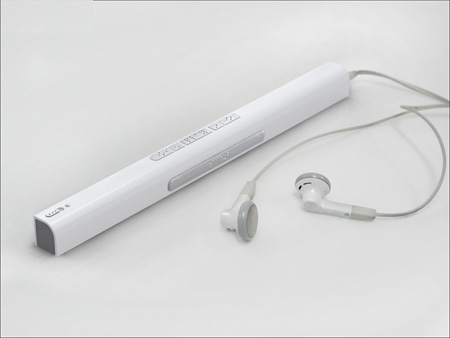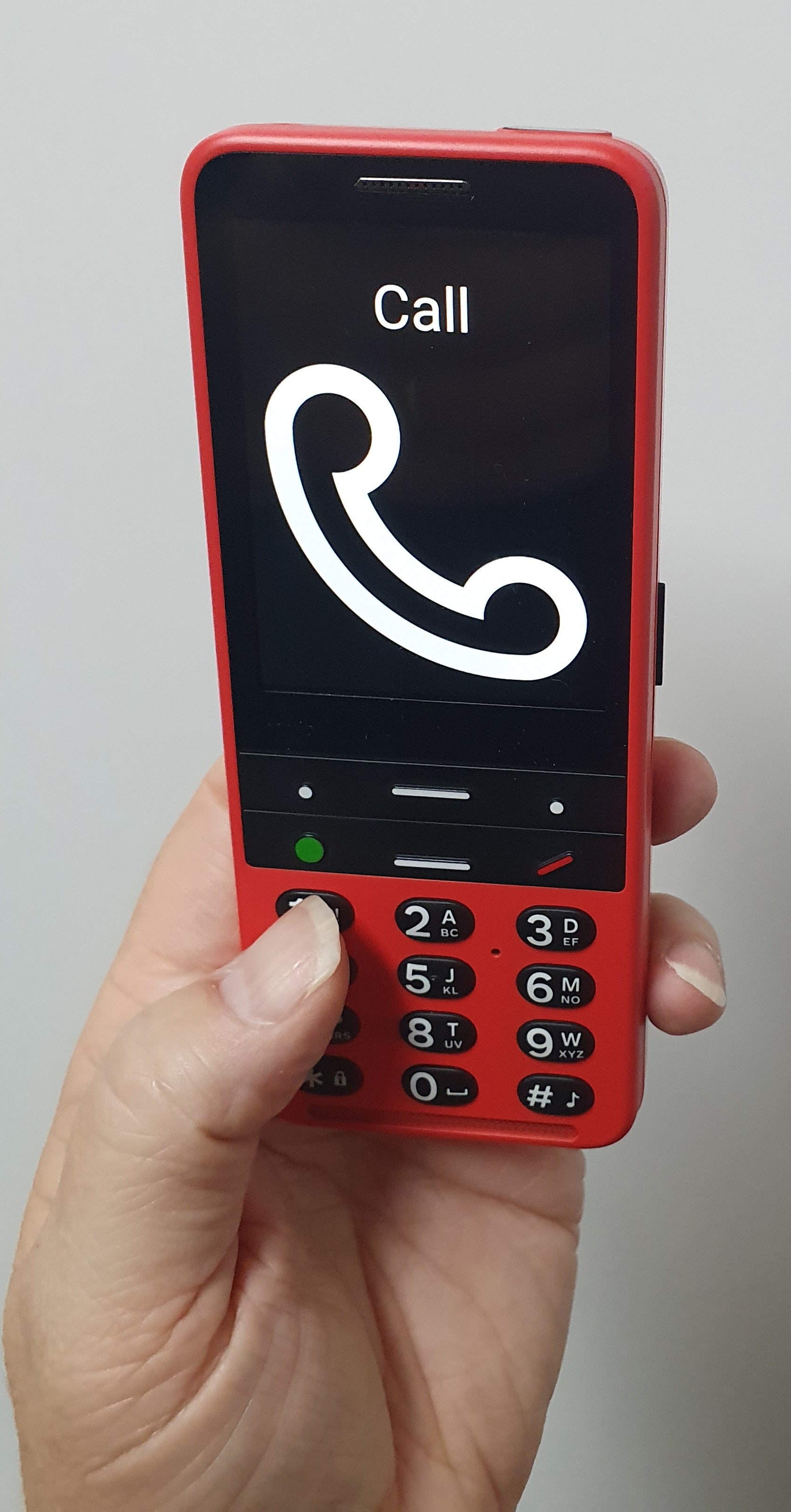Braille Displays and Notetakers: Must-Have Tools for Learning and Work
Braille Displays and Notetakers: Must-Have Tools for Learning and Work
Blog Article
Empowering Self-reliance With Assistive Modern Technology for the Blind
The integration of assistive technology into the lives of individuals with visual disabilities stands for a considerable advancement in advertising freedom and self-sufficiency. From ingenious display visitors to innovative clever walking sticks, these devices not only enhance day-to-day navigating and communication yet also equip users to involve meaningfully in numerous aspects of life. As we check out the myriad advantages and real-world applications of these innovations, it ends up being vital to analyze the hidden factors that add to their effectiveness and the capacity for future developments in this important area.
Introduction of Assistive Innovation

The advancement of assistive technology is based in principles of inclusivity and empowerment. Advancements in software application, equipment, and sensory enhancements provide users with alternatives tailored to their details needs. From screen readers that convert message to speech, to responsive devices that communicate details through touch, these tools transform the way people involve with their surroundings.
In addition to sensible applications, assistive technology cultivates greater social inclusion and participation in various fields, consisting of education and work (Braille displays and notetakers). As research study and advancement proceed to progress, the capacity for assistive modern technology to even more improve the lives of aesthetically impaired individuals remains encouraging, paving the method for a more equitable culture where everyone can grow
Types of Assistive Tools
A variety of assistive devices have actually emerged to support individuals with visual problems, each designed to satisfy specific needs and improve everyday functioning. These tools range from low-tech remedies to modern advancements, providing diverse options for customers.
Low-tech devices consist of magnifiers and large-print materials that assist in analysis and writing. Braille devices, such as Braille slates and stylus pens, allow responsive reading and interaction. Orientation and mobility help, like white walking sticks, aid users navigate their atmosphere safely.
On the greater end of the range, digital zoom systems and screen readers supply significant support. Digital magnifiers enable customers to expand text and photos on displays, while screen viewers transform digital web content right into manufactured speech, promoting access to information on computer systems and smartphones.
Smartphone applications additionally play a vital duty, supplying functions like message acknowledgment and navigation assistance. Wearable innovation, such as wise glasses geared up with increased fact, is becoming a promising device to improve situational awareness.
Benefits of Assistive Innovation
The combination of assistive technology substantially enhances the quality of life for people with aesthetic impairments. These innovations empower individuals by advertising self-reliance, allowing them to browse their environments better and carry out everyday tasks with higher ease. For circumstances, display visitors and magnifying software enable individuals to accessibility digital info, promoting instructional and specialist possibilities that might have previously run out reach.
In addition, assistive devices such as wise walking canes and general practitioners applications supply real-time navigating aid, enhancing flexibility and safety. This boosted freedom not only boosts self-confidence yet additionally urges social involvement, permitting users to participate more fully in their neighborhoods.
Assistive innovation likewise assists in interaction, assisting users get in touch with others with voice recognition and text-to-speech applications. This capacity is vital for maintaining relationships and accessing essential info.
Additionally, the personalization options offered with lots of assistive modern technologies guarantee that users click for source can tailor tools to their specific requirements, additionally boosting usability and performance. On the whole, the advantages of assistive innovation for people with aesthetic problems are profound, promoting a more inclusive society where everyone can pursue their ambitions and goals.
Study and Success Stories
Highlighting the transformative impact of assistive innovation, various study illustrate how people with visual impairments have actually efficiently incorporated these tools into their every day lives. One engaging example involves a college student who utilized display analysis software application to navigate online resources and academic products effectively. This innovation not only facilitated her education however also improved her confidence in joining conversations and team tasks.
Another situation research study features an expert who employs a smart device application created for navigating and object recognition. By using this application, he has actually reclaimed autonomy in both his personal and work environments, permitting him to commute individually and engage with colleagues better.
In addition, a retired person shared her experience with braille e-readers, which enabled her to access a huge variety of literary works and stay connected with her community with publication clubs.
These success tales emphasize the critical function of assistive technology in fostering freedom, enhancing lifestyle, and advertising social integration for individuals with aesthetic disabilities (OCR devices for the blind). By welcoming these ingenious devices, individuals can overcome challenges and take chances that add to their expert and personal fulfillment

Future Patterns in Assistive Technology
Development in assistive technology is positioned to redefine the landscape of support for individuals with visual problems. Emerging patterns stress the assimilation of man-made intelligence (AI) and maker understanding, which enhance the capability of tools that aid with navigation and info availability. For example, AI-driven applications are now with the ability of analyzing aesthetic data in real-time, enabling customers to engage with their atmosphere much more independently.
Moreover, the advancement of wearable modern technology is advancing quickly. Smart glasses equipped with augmented reality (AR) can supply audio descriptions of surroundings, transforming how customers engage with public see spaces. These tools not only promote freedom however also foster social inclusion.
In Addition, the Internet of Things (IoT) is making homes smarter, enabling for smooth connection in between assistive gadgets and daily appliances. This connectivity encourages customers by allowing automated actions and voice-activated controls tailored to individual demands.
Final Thought
To conclude, assistive modern technology plays a pivotal function in equipping individuals with visual disabilities by enhancing their independence and involvement with their surroundings. The diverse variety of applications and tools available not only helps with navigation and communication however also promotes social combination and chances for individual and professional development. As advancements continue in this field, the possibility for improving the lifestyle for those with aesthetic problems will certainly increase, promoting greater autonomy and empowerment.

Report this page